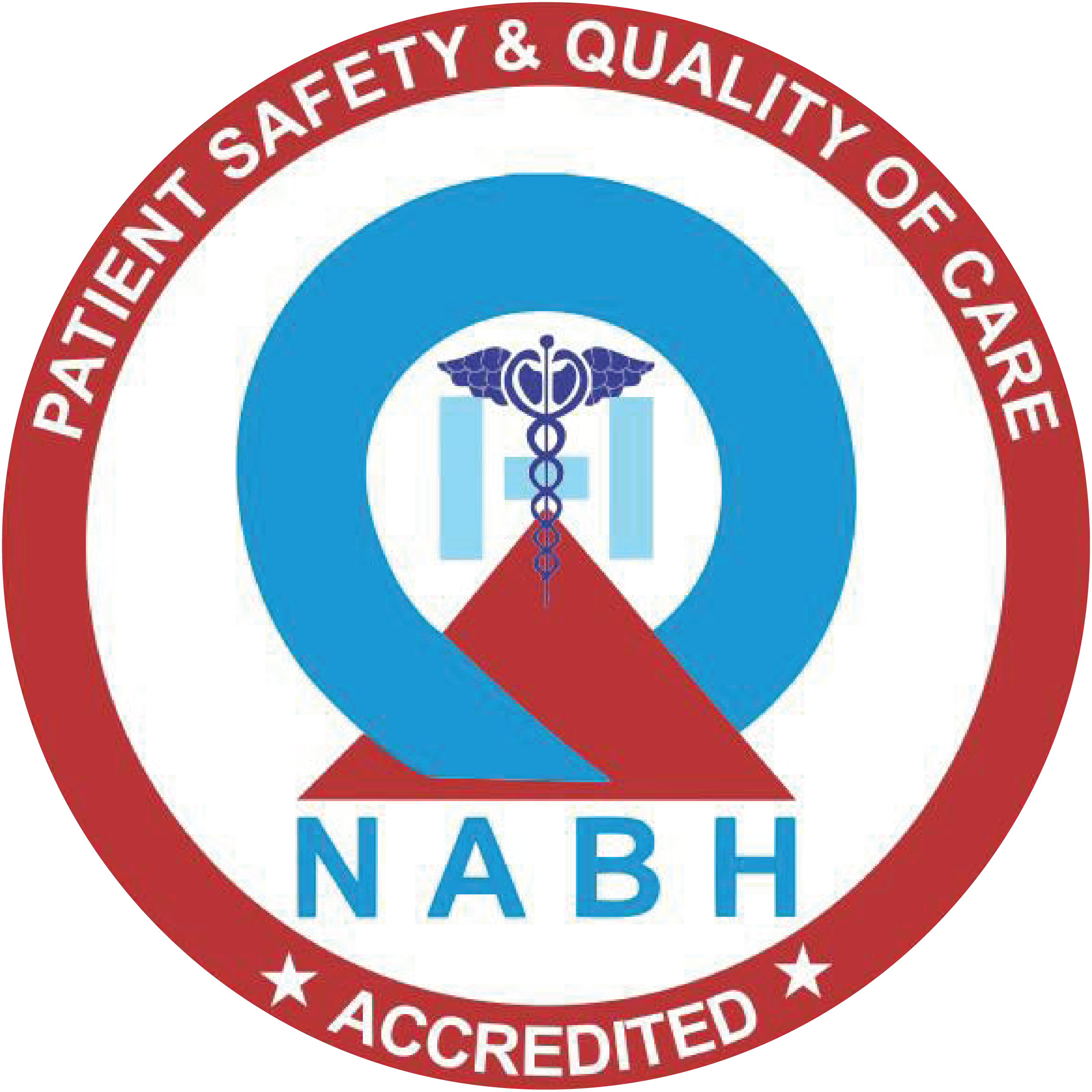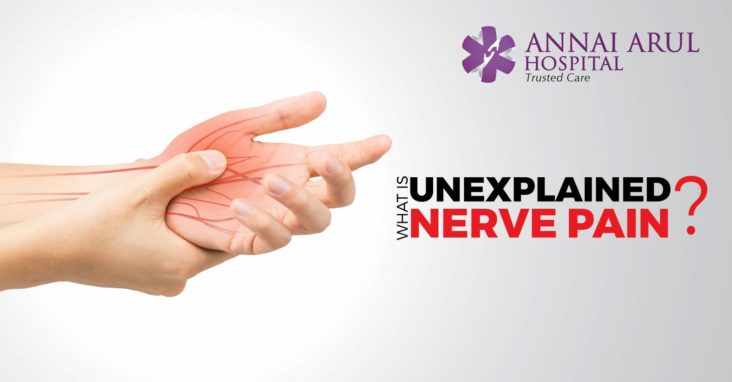A sensation of burning, tingling, electric shock and pins and needles, the sudden nerve pain can be experienced in many forms. At the same time you may not know the exact reason for such a pain. Thankfully you are not alone but millions of people have such unexplained nerve pain. Many people use traditional medicines to tackle the malady and there are many other ways to lessen the pain.
Sudden nerve pain occurs due to nerve damage and once a nerve is damaged it behave abnormally. It may become totally dysfunctional and send no information which causes numbness or it may become over active and send excessive and inappropriate pain message.
Common causes for nerve pain
Any sort of damage to the nerve in any part of the body can cause the nerve pain. There are more than 50 medical conditions, medications, toxins etc. that can cause nerve damage. The common causes though include diabetes, HIV, celiac disease, trauma, amyloidosis, heavy alcohol use, chemotherapy, autoimmune conditions like lupus and vasculitis, Vitamin B12 deficiency, cancers like lymphoma & myeloma, Lyme disease etc.
In intensive studies, it was observed that those who got unexplained nerve pain were also prediabetic. So it is believed that elevated blood sugars or prediabetes may be the main cause for the pain.
Certain other cases it was found that metabolic syndrome including high blood pressure, abnormal cholesterol levels, obesity and prediabetes together causes the unexplained nerve pain.
What are the symptoms?
The symptoms of unexplained nerve pain may include:
Peripheral neuropathy due to diabetes which usually causes numbness in the hands and feet. The numbness first goes unnoticed when it causes no pain. Later the pain manifests in the feet and legs but also can occur in the hands and arms. The pain is explained by patients in various forms including burning, tingling, crawling, pins and needles or mild electric shocks.
At times simple touching can cause nerve pain and pain may be constant even when there’s no stimulation. Often the unexplained nerve pain gets worse during nights and disturbs the sleep; this actually aggravates the condition because a person needs adequate sleep to cope with pain.
Some home remedies for pain
More often self care and home remedies can give a huge relief and help cope with unexplained nerve pain.
Start Moving
Regular exercise helps the blood vessels in the feet to expand and nourish damaged nerves which can become healthy again. Start a daily walk routine which can gradually pick up in speed and distance.
Take care of your feet
Examine your feet daily, wear comfortable footwear and consult a podiatrist.
Get enough sleep
There is no better remedy than getting a good night’s sleep. Limit caffeine intake in the afternoon, keep a regular bedtime and make the bedroom exclusive for sleep.
Meditation
Train with a good profession in imagery, meditation and biofeedback to explore the possibilities of mind-body connection. This will help a lot to cope with pain.






